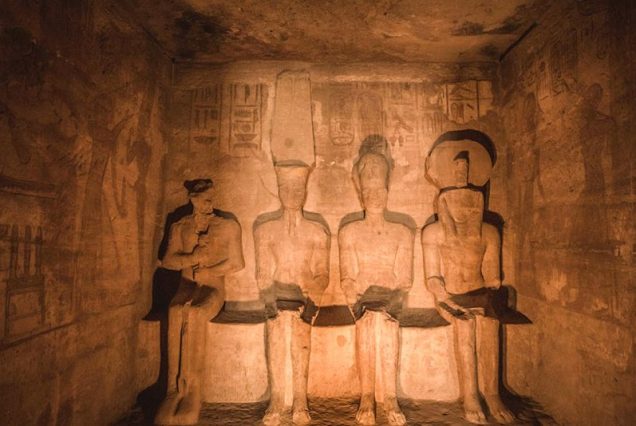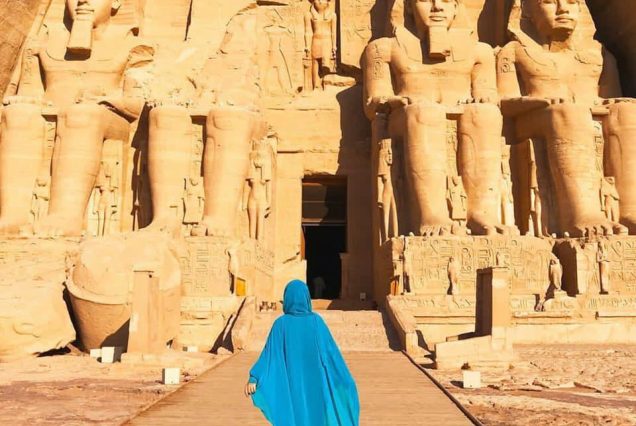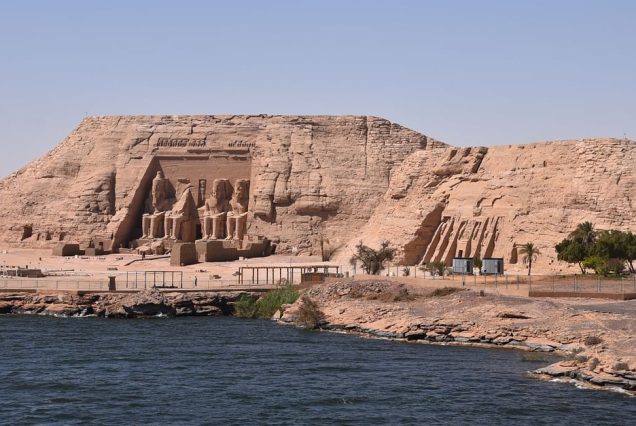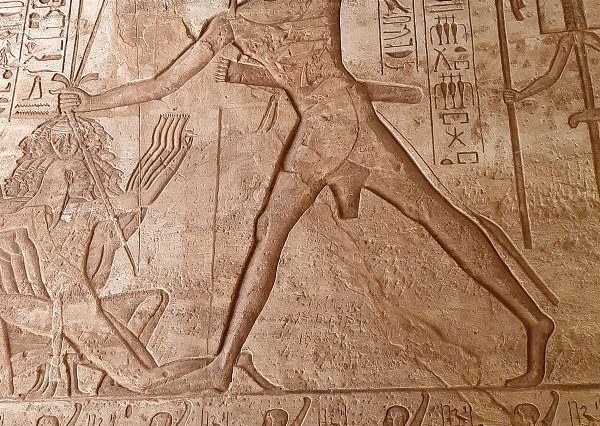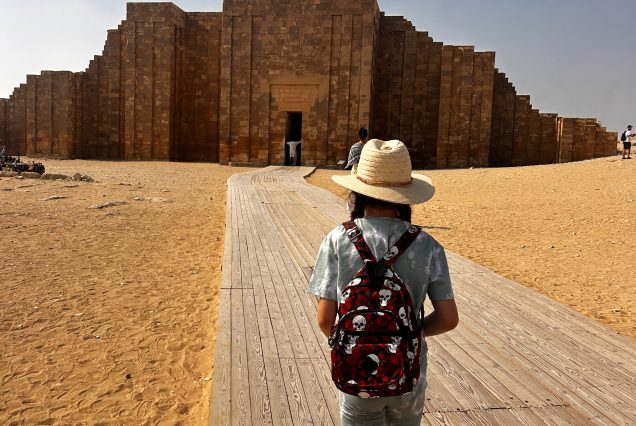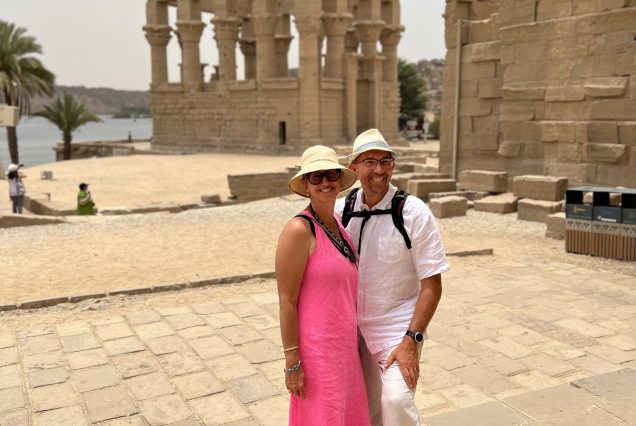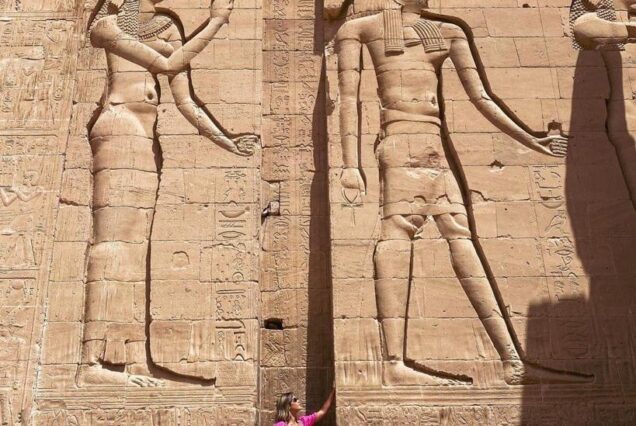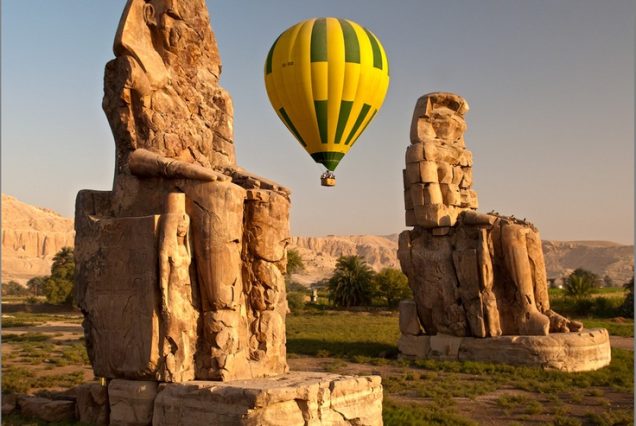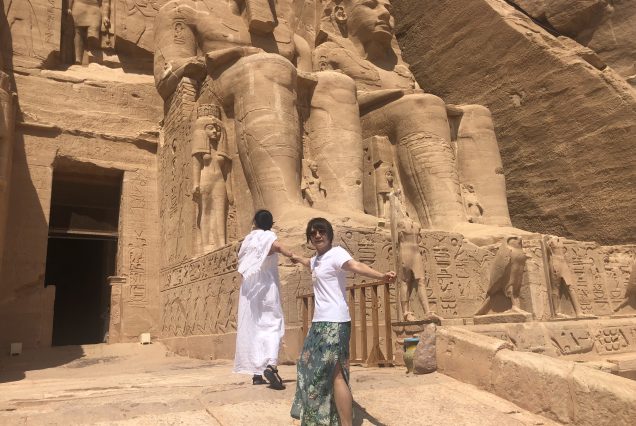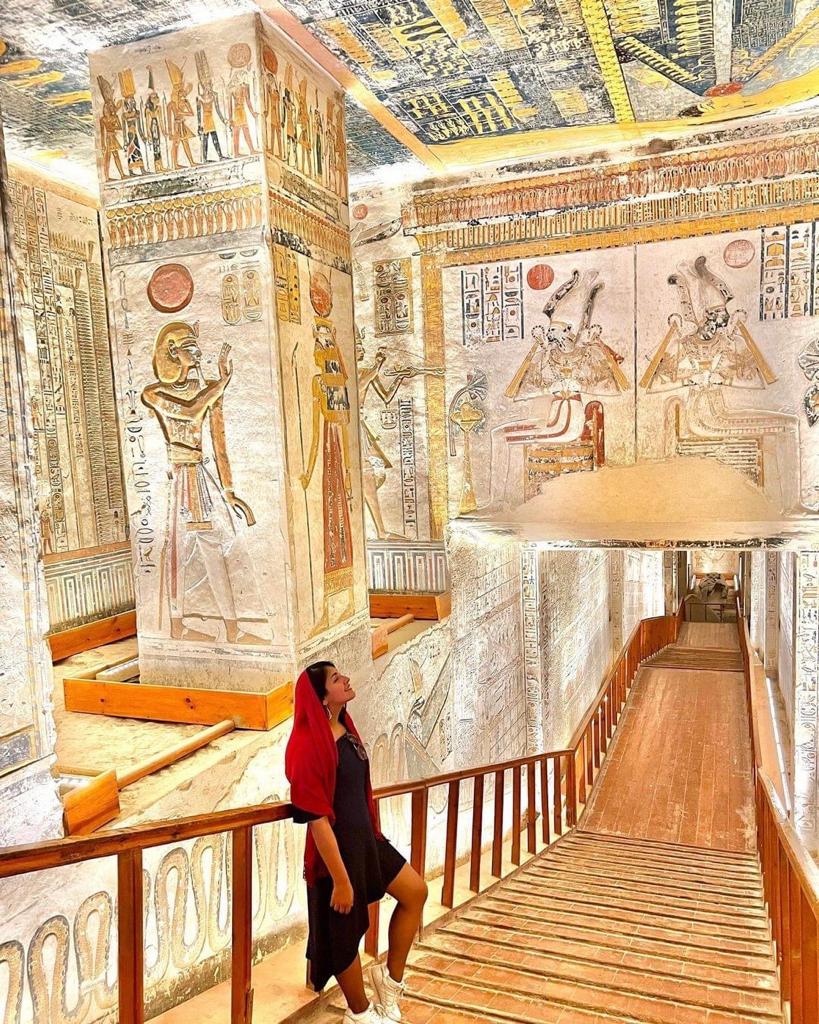Private Day Tour to the Great Temples of Abu Simbel from Aswan
Duration
11 days
Max People
6
Min Age
1+
Pickup
Hotel
Overview
Private Day Tour to the Great Temples of Abu Simbel from Aswan
Introduction to the Temples of Abu Simbel
The Great Temples of Abu Simbel, located in southern Egypt near the border with Sudan, are among the most awe-inspiring ancient monuments in the world. Carved directly into a mountainside during the reign of Pharaoh Ramesses II in the 13th century BC, these temples were intended to showcase the Pharaoh’s divine power and commemorate his military victories. Today, they stand as a testament to the grandeur and sophistication of ancient Egyptian civilization and are a must-see for anyone visiting Egypt.
Historical Significance of the Temples
The temples at Abu Simbel were constructed to honor the gods and immortalize Ramesses II and his queen, Nefertari. The larger of the two temples, known as the Great Temple, is dedicated to Ramesses II and the gods Amun, Ra-Horakhty, and Ptah. Its imposing facade features four colossal statues of Ramesses II, each standing about 20 meters tall, seated on thrones and gazing out over the Nile. These statues are accompanied by smaller figures representing his family, including his queen and children.
The smaller temple, dedicated to Nefertari and the goddess Hathor, is no less impressive. Known as the Temple of Hathor, it features six statues on its facade—four of Ramesses II and two of Nefertari. The inclusion of Nefertari in such a prominent position alongside the Pharaoh is a remarkable testament to her importance and the affection Ramesses II held for her.
The Relocation of Abu Simbel
One of the most extraordinary aspects of Abu Simbel’s history is the relocation of the temples in the 1960s. Originally situated on the banks of the Nile, the construction of the Aswan High Dam and the creation of Lake Nasser threatened to submerge these priceless monuments. In a remarkable feat of modern engineering, the temples were meticulously cut into large blocks, moved to higher ground, and reassembled. This massive UNESCO-led project not only saved the temples but also underscored their global cultural significance.
Architectural Marvels
The temples of Abu Simbel are architectural masterpieces. The Great Temple’s interior features a grand hall supported by eight massive pillars, each carved in the likeness of Osiris, the god of the afterlife. The walls are adorned with intricate carvings depicting scenes of the Pharaoh’s divine birth, military exploits, and deification. The innermost sanctuary houses four seated statues of the gods Amun, Ra-Horakhty, Ptah, and Ramesses II, which are illuminated by the sun twice a year—a remarkable solar alignment that highlights the ancient Egyptians’ advanced understanding of astronomy.
The Temple of Hathor is equally captivating. Its hypostyle hall is decorated with columns adorned with Hathor-headed capitals. The walls feature scenes of Nefertari making offerings to the gods, reflecting her role as a divine queen and priestess. The temple’s intimate scale and detailed carvings offer a fascinating glimpse into the religious and artistic traditions of ancient Egypt.
Discover more from Egypt Female Tour Guide
Subscribe to get the latest posts sent to your email.
Included/Excluded
- Specialized bilingual guide
- Private Transport
- All service charges and taxes .
- bottled mineral waterduring the tour
- Visa to Egypt
- Entry Fees
- Accommodation
- Airport Transfers
- Domestic Flight ( Cairo- Luxor / Cairo)
- The above Prices are not valid during the Peak Periods (New Year - Christmas - Easter)
- Meals ,Food, Drinks, Snacks
- any optional tours,Personal Expenses and Souvenirs
Tour Plan
A private tour from Aswan to Abu Simbel provides an exclusive and enriching way to explore these magnificent temples. With a private tour, you can enjoy a more personalized experience, allowing you to delve deeper into the history and significance of the temples at your own pace.
Benefits of a Private Tour
- Personalized Itinerary: Customize your visit to focus on the aspects of the temples that interest you the most, whether it's the grand architecture, detailed carvings, or historical significance.
- Expert Guides: Benefit from the knowledge and insights of professional Egyptologists who can provide detailed explanations and answer any questions you may have.
- Comfort and Convenience: Travel in comfort with private transportation, ensuring a stress-free and enjoyable journey.
- Flexible Timing: Avoid the crowds by choosing the best time to visit, such as early morning or late afternoon, to experience the temples in a more serene and tranquil setting.
Tour Highlights
- Scenic Journey: The trip from Aswan to Abu Simbel offers stunning views of the desert landscape and the shimmering waters of Lake Nasser, providing a unique perspective on the region’s natural beauty.
- In-depth Exploration: Spend ample time exploring both the Great Temple and the Temple of Hathor, taking in the intricate details and absorbing the historical context provided by your guide.
- Cultural Insights: Learn about the significance of the temples in ancient Egyptian society, including their religious, political, and artistic roles.
Tour Map
Global Discount
| Min - Max (Persons) | Adult Price |
|---|---|
| 10 - 20 | $30 |
Special Time
| Start Date | End Date | Adult Price | Discount |
|---|---|---|---|
| 01-06-2024 | 30-08-2024 | $25 | View Discount |

